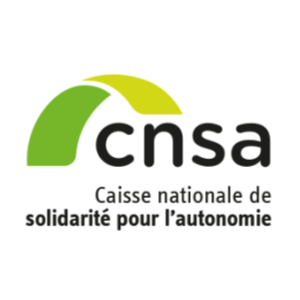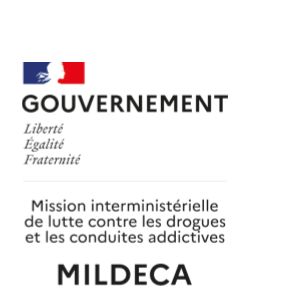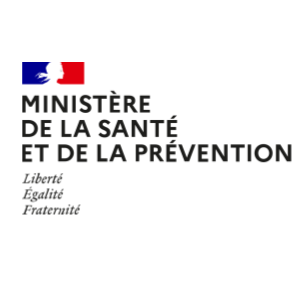Les avertissements sanitaires sur les paquets de tabac – L’étude NUHWTOPAC
Résumé de soumission
Scientific context, objectives, research hypothesis
One of the last anti-smoking policies implemented in France, standardized packaging (or plain packaging) annihilates the main communication and advertising tool of the tobacco industry. Today, the French population, smokers and non-smokers, is no longer exposed to the marketing of the tobacco industry through the packaging but, on the contrary, is informed, among other things, about consequences and dangers of smoking for self or for others thanks to textual and visual health warnings.
In our research project, we assume that the impact of these warnings on smoking prevalence or other public health indicators could be improved. We assume that conscious and unconscious barriers may prevent smokers from being fully receptive to current health warnings. Indeed, smokers do not use all the cognitive and psychological means that would lead to the desired behavioural change. On this basis, we assume that nudges, other than those already implemented (health consequences, socio-economic consequences, quitting, parental smoking), can improve the effectiveness of warnings. Warnings based on empowerment, self- and social image, social comparison or framing effects in the presentation of the architecture of choice, can remove the mental barriers raised toward health warnings and have a greater impact in terms of behavioural change for smokers. A sub-assumption of the research project deals with the greater efficacy of warnings associated with plain packs as compared to branded packaging: the standardized packaging would reinforce the impact of health warnings.
Method
In order to test our assumptions, on the basis of an extended review of the literature, we will construct warnings based on nudges built on empowerment messages, self- and social image, social comparison and on framing effects. Then, in an experimental setting, we will compare these nudged warnings (displayed on plain packs) to current health warnings by submitting them to 700 participants aged 18-25yo (smokers and non-smokers) while controlling individual characteristics (temporal and risks preferences…). The effectiveness of nudged warnings compared to conventional health warnings will be assessed by different behavioural indicators such as smoking behaviors, quitting intents, willingness to buy for nicotine substitutes, willingness to pay for not being subject to the nudge, etc. Here, the novelty is that we will seek to measure the effect of nudged warnings (vs. controls), in evaluating the monetary sacrifice an individual is ready to bear by comparison to another individual in order to get goods allowing or helping him/her to quit smoking.
Expected public health impact
The expected results of this research project are twofold. On the one hand, a first result, if confirmed by our research project, is of great importance for spreading the use of the plain packaging around the world. Indeed, if these first results confirm the greater effectiveness of the health warnings thanks to the reinforcement of standardised packaging, the policy-makers will have interest to implement this tool of fight against smoking. From a scientific point of view, this would also have the advantage of showing that it is not only the enlargement of the pictograms that increase their efficiency, but also the entire modification of the support of the warning, namely the tobacco package itself, through the annihilation of brand marketing.
On the other hand, if our main working hypothesis is confirmed, namely that the use of non-sanitary nudges on tobacco packages is more effective than traditional health warnings, our research project helps to provide tobacco control policies with new tools. Thus, this project would give to the national and international community new visuals and new texts to be put on plain or branded tobacco packs.
Perspectives
The main perspective is a field replication of this research project. A full-scale experiment could be conducted by forcing as far as possible, the tobacco industry to print our experimental nudged warnings on tobacco packages delivered in one or two French regions and not in others. We would thus benefit from an experience with two regions tested and the rest of France as control. We could stall this experiment on the temporality of representative national health survey of the « Santé Publique France » agency (Baromètre Santé) to obtain robust prevalence measures (and other measures) over time and in regional space.
Finally, another perspective that this research project raises concerns other harmful substances. Indeed, the generalization of more consistent health warnings than current ones on products containing alcohol is expected in France but also in other countries. Similarly, health warnings regarding legalized cannabis in North America or new psychoactive substances legalized in New Zealand could benefit from the results of our research.
Synthèse finale du projet
Productions scientifiques et communications (Liste non exhaustive)
- Ben Lakhdar C, Deplancke A, Le Lec F, et al. Protocol for creating new warnings on cigarette packs and evaluating their efficacy in a randomised experimental setting. BMJ Open 2020;10:e036166. doi:10.1136/ bmjopen-2019-036166
- Ben Lakhdar, C., Deplancke, A., Fabrice, L. E., Massin, S., Piermatteo, A., & Vaillant, N. G. (2025). ‘You can quit!’: Exploring the efficacy of new cigarette pack warnings through an experiment. Journal of Behavioral and Experimental Economics, 102452.
Equipes du projet
Coordonnateur :
BEN LAKHDAR Christian
N° ORCID : 0000-0002-1572-3389
Structure administrative de rattachement : Université de Lille
Laboratoire ou équipe : Lille – Economie – Management (LEM) UMR 9221 CNRS
Autres équipes participantes :
Responsable de l'équipe 2 : LE LEC Fabrice
Institut Catholique de Lille, ETHICS EA 7446
Dites-le nous !














